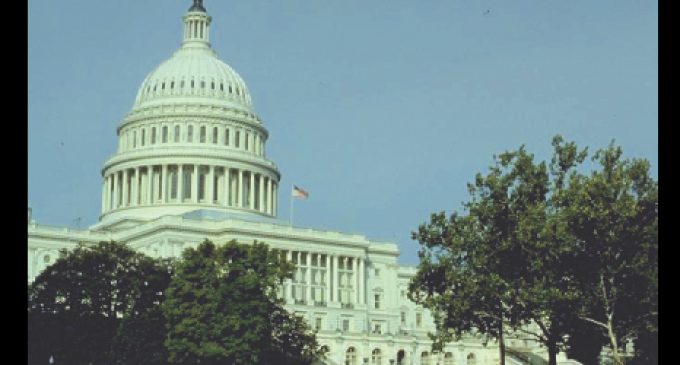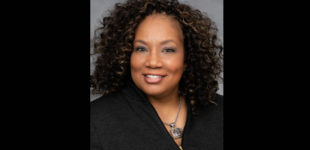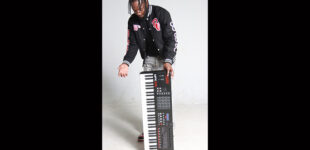Sequester pain beyond air travel

When the sequester federal spending cuts forced flight delays because of the furlough of air traffic controllers, the normally deadlocked Congress acted in less than a week to give the Federal Aviation Administration flexibility to avoid the furloughs.
The aggravations of business travelers are heard in Washington. But Congress can’t seem to hear the tribulations of the less fortunate:
• Chicago hospitals are facing a 2 percent cut in Medicare support, which will leave some seniors with less care.
• 125 AIDS-afflicted families will lose their subsidized housing in Chicago because of the sequester.
• 460 teachers and teachers’ aide jobs are at risk.
• 2,650 Illinois college students will lose work-study grants.
• 2,700 children will be locked out of Head Start.
• Housebound seniors could lose up to 670,000 in delivered meals.
The cuts are not only blind; they are dangerous. They cost jobs and threaten to drive the economy back into recession. Growth is slowing. Europe is already back in recession. Exports are down. Wages aren’t keeping up with prices. The wealthiest Americans benefit from the rising stock market; the vast majority of Americans are looking down, not up.
Our society won’t hang together if the few clean up and the rest are cleaned out. A recent study in the American Journal of Public Health on gun violence and trauma centers co-authored by Dr. Marie Crandall, a professor at Northwestern Medical School, reveals how unequal treatment costs lives.
Chicago suffers one of the highest rates of gun violence in the country. There are seven trauma centers in and around the city providing emergency care to a population of 3 million people. But neither the gun violence nor the trauma centers are equally distributed around the city. Southeast Chicago — one of the worst areas of gun violence — has no trauma center. The study Crandall co-authored discovered that distance matters. There is a higher mortality rate among those with gunshot wounds who are more than five miles from a trauma center than among those who live closer. Unequal access kills.
Similarly, in a New York Times opinion piece, Sean F. Reardon, an education and sociology professor at Stanford, notes that a recent study about student performance finds agrowing gap between the children of rich parents and those of middle class and poor parents. The biggest difference comes not in school, but before school. Affluent parents provide their children with far greater educational experiences; they start school ready to learn. Poor and middle class parents have fewer resources for child care, pre-kindergarten programs and summer programs. Their children start school in the hole. Unequal access hurts.
These examples show why blind, across-the-board sequester cuts are dangerous. Such cuts block disabled seniors’ access to meals, deprive AIDS patients of life-preserving drugs and slash unemployment checks for families in their time of distress. The cuts may cost business travelers a few hours of aggravation, but they will endanger the lives of the most vulnerable among us.
Across-the-board cuts exact unequal sacrifices. We need public services to serve those most in need. Trauma centers should be located where the most traumas occur. And cuts in services should be selective, seeking to cut the wasteful or the unneeded, while saving the most vital.
Rev. Jesse Jackson heads the Rainbow PUSH Coalition, www.rainbowpush.org.












